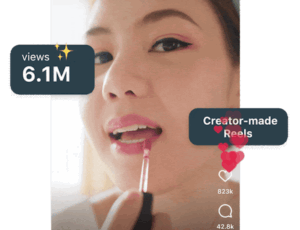 Video is a big part of the programmatic ad discussion taking place at New York’s Advertising Week.
Video is a big part of the programmatic ad discussion taking place at New York’s Advertising Week.
A recent look at the landscape by Jeffries & Co. finds that early players like Tremor and YuMe have certain advantages in the short term. But the time is nearing when the majority of video advertising will be bought and sold via programmatic technologies.
“We expect further consolidation in the digital video sector, and look for more public players to figure out ways to capitalize on the substantial growth in online video advertising,” wrote Brian Pitz, a Jefferies equity analyst, in a research note last month. “Emerging players such as online publishers, networks, exchanges and DSPs are increasingly better positioned to meaningfully impact the ecosystem.”
Jefferies expects online video to bring in $8.2 billion in spending per year by 2015, up from from $4.7 billion in 2013 – a gain of 74.5%. Among the factors driving that spend are better targeting, measurement and scale/audience reach. It’s reasonable to assume that among the companies positioning themselves as programmatic players — whether as a marketplace like AOL’s Adap.tv, BrightRoll or Videology; a video DSP like TubeMogul; or a publisher-facing operator like LiveRail and SpotXchange — the ones that promise the most efficiency and relationships with advertisers and publishers will carry the day.
“Pure-play” companies adopting a network model, such as Tremor and YuMe, are sorting out how to meet the challenge of data-driven buying. Of the two, Tremor has moved more aggressively to adopt a “programmatic” mantle via its VideoHub unit, which this week added a more full-featured demand-side platform to what had primarily been a strict analytics business.
By contrast, YuMe has resisted the programmatic trend, contending that automated buying and selling are incompatible with the direct negotiations of lucrative branding campaigns — despite all the discussion in recent months (and this week in particular) of “premium programmatic” involving guaranteed as well as nonguaranteed ad sales.
As Jefferies’ Pitz put it, “audience is king.” That means the entity with the greatest access to quality content and valuable audiences stand the best chance of thriving, instead of merely surviving the eventual consolidation of ad-tech middle men. It sounds a lot like TV, except for the targeting and measuring aspect.
With that future in mind, Jefferies deemed Google’s YouTube and Tremor Video as “quality names that are well positioned in terms of focus, scale, reach and breadth of content.”
YouTube has integration, reach, an enormous database of content and established advertiser relationships, while Tremor can boast of scale across “premium content with a differentiated, integrated platform.” As for who else to watch, Jefferies said AOL, which held its ballyhooed “programmatic upfront” this week, may now also have one of the best collection of video assets – combining AOL On’s video network that was build out of its acquisition of 5min Media three years ago, as well as rich content syndication associated with its $405 million acquisition of Adap.tv’s established programmatic tools.











